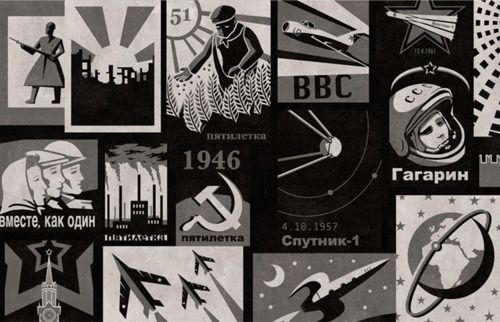Wesley Robins Interview
I cannot draw. At all. So I have huge admiration for the skill of artists and regular readers will know of my interest in graphic fiction and non-fiction. After reviewing his graphic adaptation of Jed Mercurio's Ascent earlier in the week I was delighted to be able to ask artist Wesley Robins about the process of creating a graphic novel and in particular an adaptation from an already written text. Thanks once again to him for taking time out of his busy schedule to answer my questions.
How did you come to be involved in transforming Ascent into a graphic novel?
I'm not sure how long the idea of transforming the book had been floating about, but I was one of a number of potential artists who'd been earmarked by Jed after he'd seen some of my work at the end of year show at Kingston. We then went through a sort of audition process - submitting a spread from the book, plus a few sketches. The different artists were eventually whittled down and I ended up being the last one left!
Both you and Mercurio are credited on the front of the book, did you work together and how closely?
Basically Jed would provide me with a script - an already edited down version of the book chapter by chapter. I would then go over it, roughing out each page to get an idea of the pacing and layout, the compositions of each frame etc. I'd send this over to him and we'd discuss and make any changes/ adjustments needed. Once that chapter was agreed, I set to work on the final images.
The book seems tailor-made for the comic book treatment but I'm guessing it was tough to condense it down. How did you decide what to leave out and what was the toughest thing about making this book?
I suppose my job was a bit easier in that respect as Jed had the hard part of cutting down his original novel - choosing what and what not to keep, and turning it into a script for me to interpret visually.The original novel was very technical in places - especially when it came to the dogfights of Korea and the space chapters, and trying to keep that feel was a bit of a challenge. Researching the soviet space program, finding references for the rocket and lunar modules etc - all things that until quite recently were denied to even exist was a bit of a problem at times, and so deciding how to show particular movements/ procedures in space and the equipment used took a lot of working out (plus it was easy to get distracted looking into the history of the subject as it was quite fascinating!) Getting all those references as accurate as possible, from the docking mechanisms on the craft to the type of gas masks the fighter pilots were wearing was one of the toughest things I think. Especially when you were trying to find a balance between historical accuracy and keeping that engaging/ exciting, 'boys own adventure' feel of the book.
Where there any influences on your visual style for this project?
The book is quite dark, and Yefgenni and his story are a pretty brooding/ solemn one, so I wanted to keep that feel - making the images quite grainy and murky. I had some fun with the front end pages after looking at some old Soviet memorabilia - old commemorative stamps and matchboxes, and wanted to include some of that.
Are there any parallels between the stoicism and perseverance of Yeremin and the work of a graphic artist?
Ha! Yea, I suppose you need to keep plodding away, never giving up and all that...! Though you do really need to keep at it. Think there are more opportunities/ areas to dip into/ cross over as well at the moment - you're not necessarily bound to working in one particular area any more.
What are you working on now?
I've recently finished some storyboard work for the upcoming BBC drama 'The Line Of Duty', and am currently working on a range of children's travel cards (comics and puzzles etc) for Best Publishing Ever Ltd.
Would you like to recommend a neglected book to readers of this blog? (graphic or otherwise)
I always like Shaun Tan's books and have a few of his. Am re-reading a lot of Philip K Dick at the mo.
I always ask my interviewees to 'do a Hemingway' and write a whole story in just six words. Would you have a go? (or would you perhaps prefer to draw a story in a single panel?)











0 comments:
Post a Comment